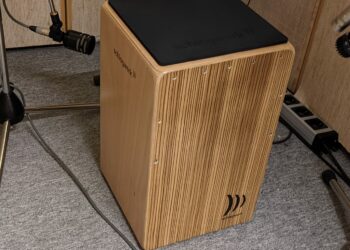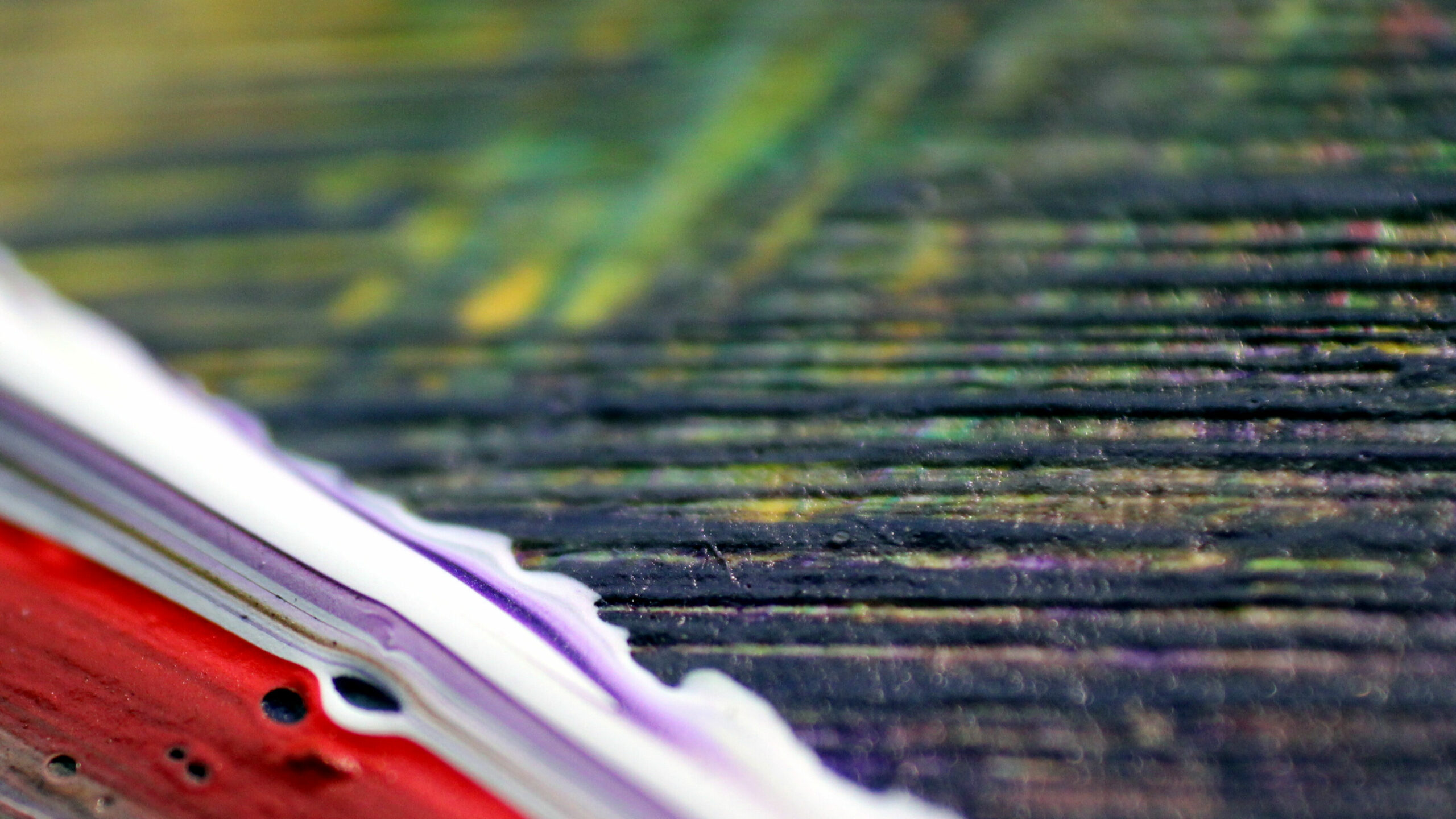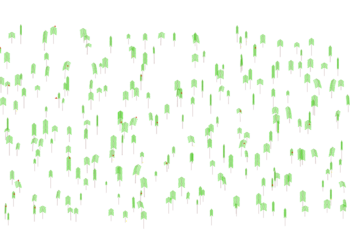Goal
Since I rely a lot on self-recorded samples, I wanted to use this opportunity to re-sample my cajon (a Schlagwerk CP-4011). Cajons seem to be rarely used in a sampled manner, since they mostly give the benefit of transportability compared to a drum set. However, I really like the intimate sound, which makes it a great add-on in projects that require a special non-commercial percussive touch. The outcome should be an extensive sample library that I can make into a digital instrument, which creates an intimate and acoustic vibe that makes musical pieces sound more like recordings than just samples in a sequencer.
It was difficult to find a reference track that captures what I wanted my samples to sound like, since different cajons, like most other musical instruments can sound extremely differently. Additionally, compared to other instruments, there is only a small amount of material available on the internet. However, in the following video, I like the vibe and how full the cajon’s bass sounds while still providing a very crisp upper end of the spectrum.



